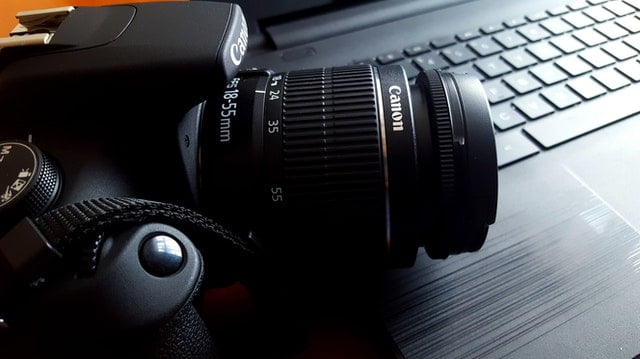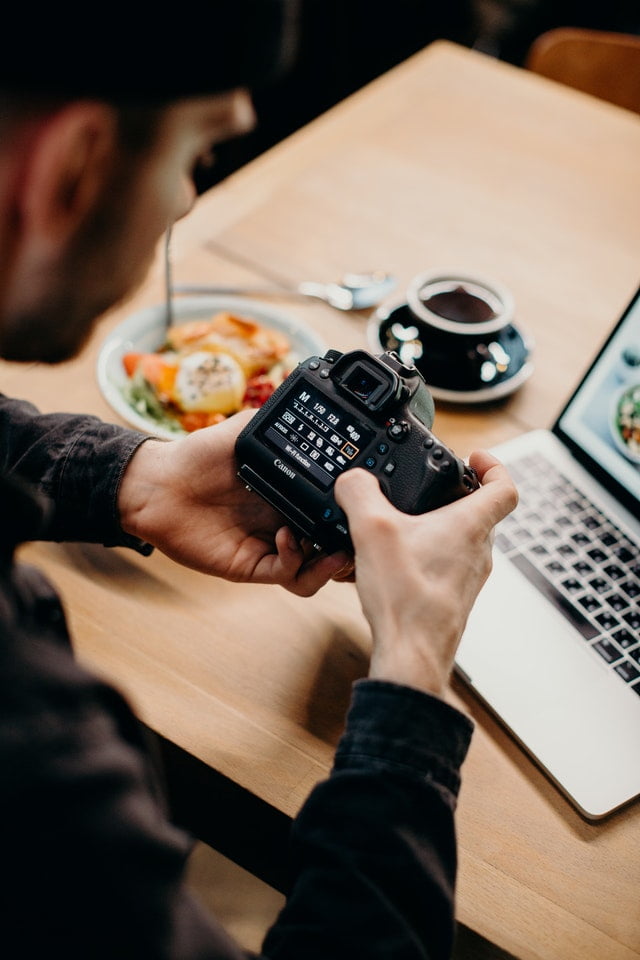Photographers in years past relied on light-sensitive film to take photos, which were soon developed in dark rooms. Yet technological advancements have made this process easier than ever before.
Although digital cameras have been around since 1975, their widespread use didn’t catch on until decades later. Nowadays, images are stored digitally in file formats for later viewing. But understanding these files can be difficult.
If you’re a photographer seeking to understand the differences between these image formats, we’re here to help.
What are File Formats in Photography?
Digital cameras turn your images into data, storing them as files. The files are then decoded by software for viewing.
These image formats allow for additional editing to improve quality, feature specific aspects, or even alter the photo entirely.
Best Image Formats for Photographers
There are a number of file types used in photography that help maintain and enhance image quality. Each has its own strengths and weaknesses, but they all serve the same purpose: storing and presenting your photos digitally.
Here are the main types of photography formats used in the digital realm.
RAW Image Files
Much like their name suggests, RAW files take virtually unconverted image data, which represent the photo’s original form. This style is used when photographers want to preserve their images with as little alteration as possible.
JPG Image Files
JPG, or JPEG, files are the most well-known digital file format, especially among amateur photographers. These compressed files are used as the default option for many cameras as it’s easy to store them. Unfortunately, this does reduce image quality, so it’s not an ideal choice for a printed display.
PNG Image files
Like JPG files, PNG files are ideal for internet presentation and can be converted easily. There are plenty of reputable online tools out there that will show you how to convert JPG to PNG.
A PNG file preserves more quality than JPG formats, allowing you to keep more of the original photo’s details. It also lets you work partial or full transparency into the images.
GIF Image Files
A GIF file is another useful format that displays well online. They allow for some transparency but are limited in the colors used. You can also add animation to these files, making them the most popular for that specific use.
TIFF Image Files
The TIFF file is a common format used throughout the photography industry. Due to their large size, they’re not ideal for online use.
TIFF files are often used by professionals because they retain image quality, even after printing.
Start Using the Different Photography Formats Today
Now that you know all about the main file formats used in photography, you’ll be able to store them in the most ideal form available. Your digital photos will impress viewers whether they’re displayed online or printed.
Did you find this article helpful? If so, we invite you to view our other digital technology articles today!


